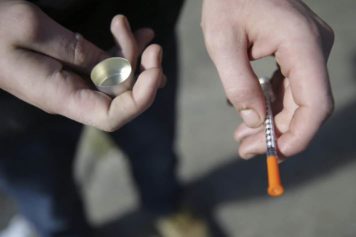While HIV remains a major threat to sexually active teens across America, recent studies show a drastic decline in sexually risky behavior among black teens.
According to The National Youth Risk Behavior Survey released by the Centers for Disease Control and Prevention on Tuesday, the percentage of black high school students that said they had had sex fell from 82 percent in 1991 to 60 percent in 2011. The number of students reporting multiple sex partners fell from 43 percent to 25 percent.
Amongst all high school students polled the number of students who said they had ever had sex declined from 54 percent to 47 percent, while condom use rose from 46 percent to 60 percent.
Kevin Fenton, director of CDC’s National Center for HIV/AIDS/Viral Hepatitis, STD and Tuberculosis Prevention, pointed to the success in the black community as a reason for government officials to grant funding to U.S. high schools instead of cutting them.
Fenton also said black teens are more HIV-aware than the general population.
“Overall, about 13 percent of high school students have ever been tested for HIV,” says study coauthor Laura Kann of the CDC. “Black students are far more likely, at 24 percent, to have been tested. [That suggests] more of them have gotten the message about the importance of testing.”
But at the same time, the use of condoms has been dropping among all high-schoolers, including African-Americans.
“At a time when we know there are tremendous health inequities associated with HIV, data suggests we are moving in the right direction to reduce some of these inequities—that’s a good-news story and we need to learn why this is occurring and see what more we can do to support that trend,” said Fenton.
Public health officials have said efforts to reduce risky sexual behavior among U.S. high school students have stalled in the past decade and immediate action must be taken in order to lower HIV infection rates in young people—who account for nearly half of all new cases in the United States.


